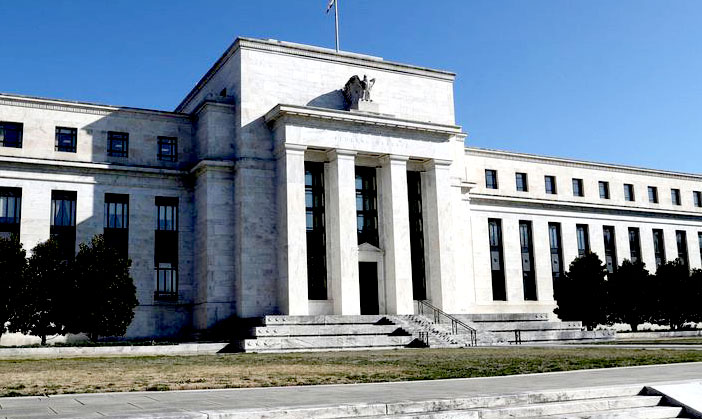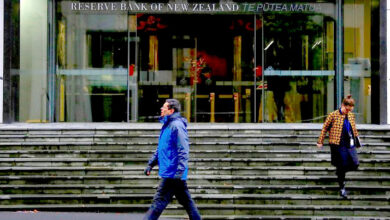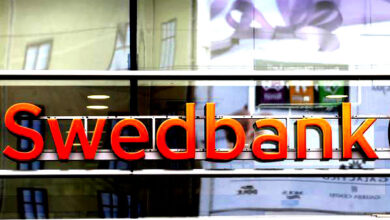Job growth in the U.S. probably slowed in June, and the unemployment rate is expected to be 3.6%.

(Reuters) – WashingtonIn June, U.S. employers probably hired the fewest people in 14 months, but the unemployment rate probably stayed near its pre-pandemic lows. This shows that the labor market is tight, which could lead the Federal Reserve to raise interest rates by another 75 basis points later this month.
Even though job growth slowed down last month, as expected, the Labor Department’s employment report on Friday could calm fears of a recession that have grown in recent days due to a variety of weak economic data points, from consumer spending to manufacturing.
Even though businesses in the goods-producing sector of the economy are hiring fewer workers because of rising interest rates, businesses in the huge services sector are scrambling to find workers. At the end of May, there were 11,3 million job openings, or 1.9 jobs for every unemployed person.
Jonathan Golub, the chief U.S. equity strategist at Credit Suisse in New York, said, “It’s very, very hard to get a recession when there are so many open jobs.” “In reality, a recession is more than anything else, a collapse in the job market and a rise in the unemployment rate, and right now we’re not seeing anything that looks like that at all.”
A poll of economists by Reuters found that nonfarm payrolls likely went up by 268,000 jobs in June, after going up by 390,000 in May. That would be the smallest gain since April 2021 and just a little more than half of the average monthly gain of 488,000 jobs this year. The range of estimates was from 90,000 to 400,000.
Still, this rate would be much faster than the average before the COVID-19 crisis and would leave about 554,000 fewer jobs than they were before the pandemic.
Most industries have brought back all the jobs they lost during the pandemic. The only ones that haven’t are leisure and hospitality, manufacturing, healthcare, wholesale trade, and local government education. The unemployment rate is expected to stay the same at 3.6% for the fourth month in a row.
The Fed wants to lower the demand for jobs to help bring inflation down to its goal of 2%.
The aggressive monetary policy of the U.S. central bank has made people more worried about a recession. This was made worse by the fact that consumer spending barely grew in May and that housing starts, building permits, and manufacturing production were all down.
In June, it raised the overnight rate by three-quarters of a percentage point, which was the biggest increase since 1994. The Fed has raised its policy rate by 150 basis points since March. The markets are almost certain that it will raise it by another 75 basis points at its meeting later this month.
The June inflation data, which will be released next Wednesday, is expected to show that consumer prices are going up faster. This is also seen as giving policymakers a reason to raise borrowing costs even more.
A Tight Market for Work
James Knightley, chief international economist at ING in New York, said, “We still have a very tight labour market, which is a good reason for the Fed to move policy into restrictive territory.”
“This, along with the fact that inflation is high and still going up, gives the Fed a reason to move forward and tighten by 75 basis points.”
After the changes caused by the pandemic, there could be problems with the seasonal factors, the model that the government uses to take out seasonal changes from the data. This could make the June payrolls look worse than expected.
As the economy came out of the first wave of COVID-19 in June 2020, payrolls grew by the most ever recorded. This is not likely to happen again.
However, the June 2021 seasonal factor was more “aggressive” than usual in predicting job growth, and we believe the June 2022 seasonal factor will be “stronger than normal,” causing the seasonally adjusted data to be lower, according to Daniel Silver, an economist at JPMorgan (NYSE:JPM) in New York.
Leisure and hospitality likely led the way in job growth last month. This, along with other gains, would help the private sector make up for all the jobs lost during the pandemic, even though the leisure and hospitality industries are still hurting. As mortgage rates went up, homebuilding probably slowed down, which hurt construction jobs.
Employment in the financial sector is also likely to have gone down. This is because hiring in real estate has slowed down because home sales have slowed down.
Even though technology giant Tesla (NASDAQ:TSLA), which makes electric cars, is laying off hundreds of American workers, manufacturing jobs are expected to grow.
Since there are still not enough jobs, employers probably kept raising wages at a steady pace last month.
The average hourly wage is expected to have gone up by 0.3% for the third month in a row. That would bring the year-over-year change down from 5.2 percent in May to 5.0 percent.
Even though annual wage growth has slowed from January’s rate of 5.7%, wage pressures remain strong. The cost of labour went up a lot in the first quarter, and the Atlanta Fed’s measure of wage growth shows that it is still going strong.
In June, the average workweek is likely to stay at 34.6 hours for the fourth month in a row.
“It would be a bad sign if businesses started cutting hours,” said Ryan Sweet, a senior economist at Moody’s Analytics in West Chester, Pennsylvania.
Job growth in the U.S. probably slowed in June, and the unemployment rate is expected to be 3.6%.





